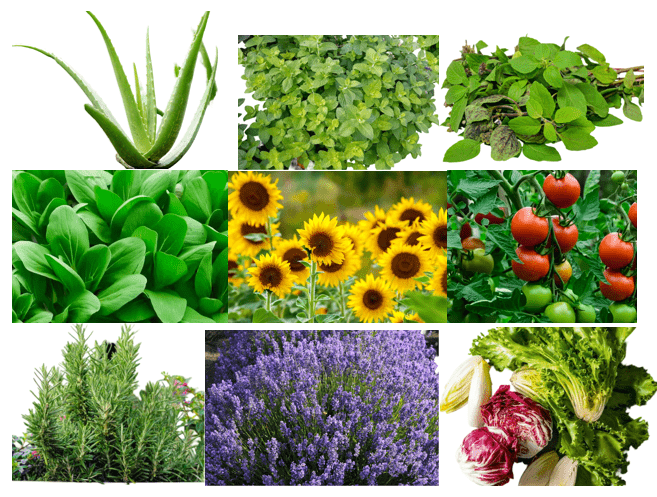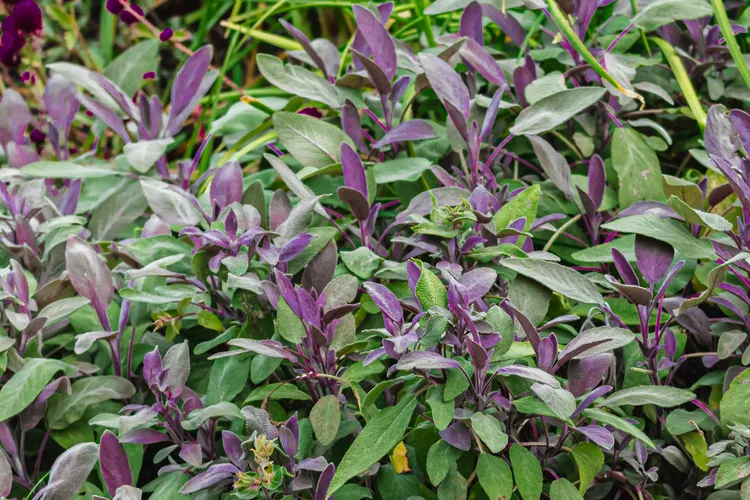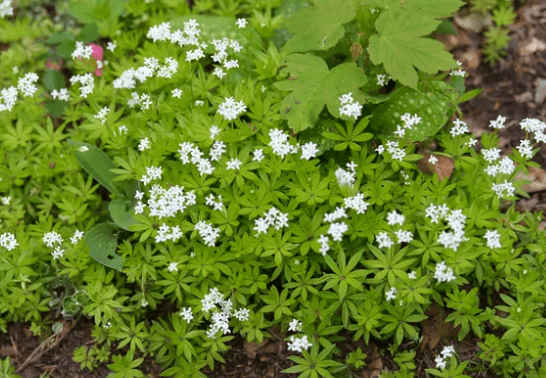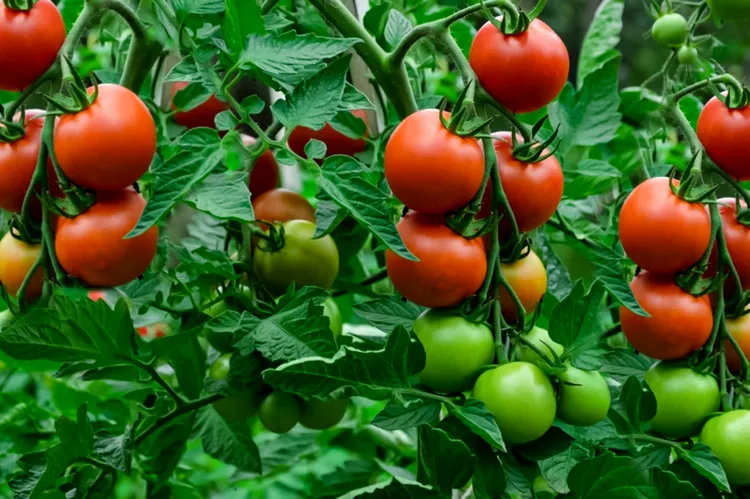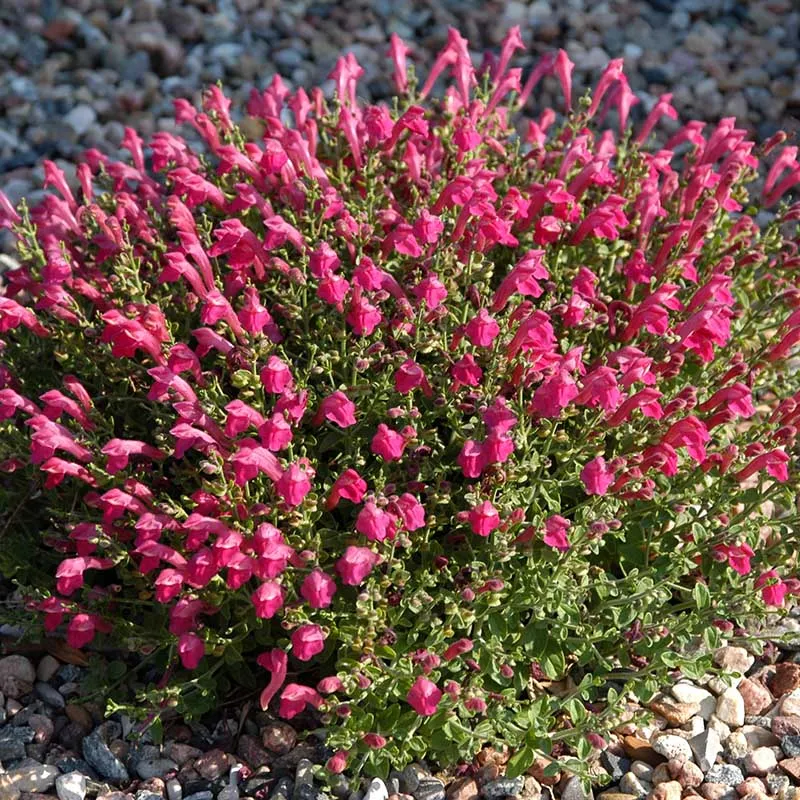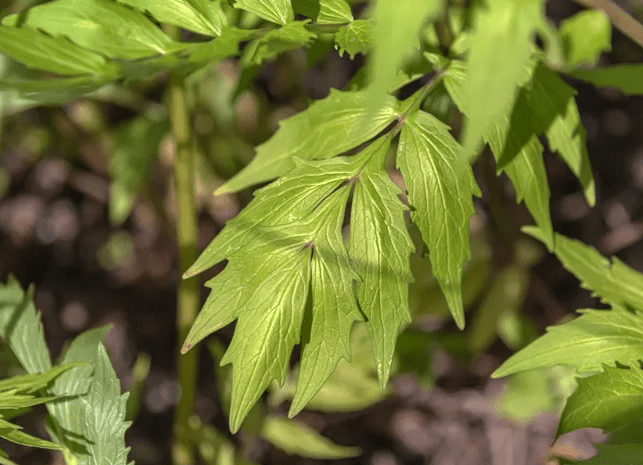Benefits of Herbal Plants
A Alecost The leaves have been taken internally to treat gall bladder and liver problems as well as diarrhea. They have also been used as an aperient. Aloe Vera Skin issues have been treated with this medicinal plant. In addition, Aloe Vera has demonstrated antihyperlipidemic, antioxidant, antidiabetic, and anticancer effects. Amaranth Amaranth is widely used […]
Benefits of Herbal Plants Read More »


